Do you need underlay for vinyl flooring?
It depends! Any vinyl flooring that’s installed directly to the subfloor, such as sheet vinyl or dryback LVT, doesn’t need underlay. However, floating floors like click LVT, will require underlay (if it isn’t already built-in). At Tapi, you’ll find that all our click LVT has underlay built in for easy installation.
However, the most important factor when laying vinyl flooring is ensuring your subfloor is smooth, clean, dry, and structurally sound before fitting vinyl flooring on top. If your subfloor has any bumps or inconsistencies, it’s likely they will show over time. An uneven or unstable subfloor can impact the longevity and appearance of both your vinyl and LVT flooring.
Read our guide to learn more about when to replace your subfloor.
Does LVT need underlay?
Whether you’ll need separate underlay for LVT often boils down to what type of plank and installation method you choose:
- Click LVT often doesn’t need seperate underlay, as the bottom layer of the plank features built-in underlay. This means it can be fitted directly onto the subfloor (providing it’s in good shape). If it isn’t included in the plank design, you'll need to buy separate underlay.
- Dryback LVT uses the glue-down method, where adhesive is spread over the subfloor and the planks are stuck down in place. As it’s stuck to the floor, it doesn’t need underlay.
Our self-adhesive LVT underlay is less messy and much quicker than spreading adhesive. It’s compatible with both dryback LVT as well as click LVT products that don’t already have built-in underlay.
What is the best underlay for LVT click flooring?
Different products may have various levels of underlay support and provide alternative benefits as a result. High-quality LVT brands like Karndean flooring use layers of heavy-duty polyvinyl chloride (PVC) as part of the structural underlay – offering extra stability and water resistance throughout its many layers.
To summarise, here’s what you should know about our flooring at Tapi:
| Flooring option |
Requires separate underlay |
| Sheet vinyl |
No |
| Click LVT |
No |
| Dryback LVT |
No |












































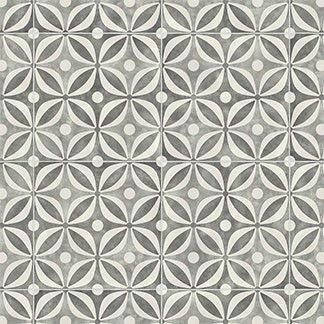
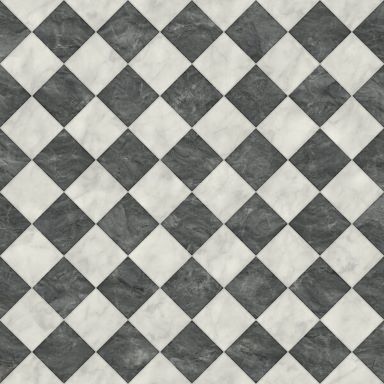

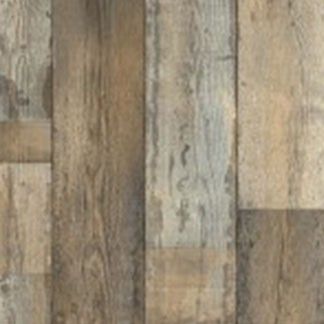











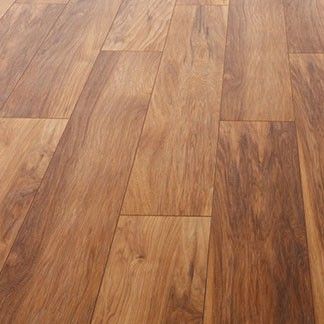
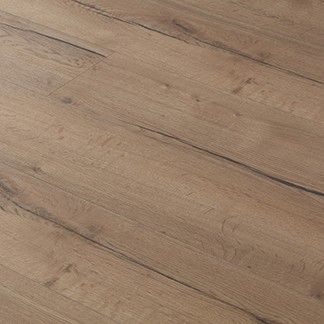

















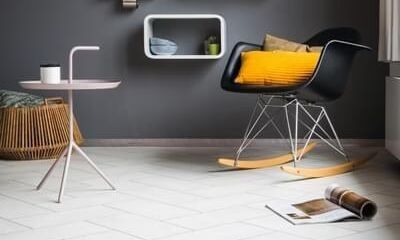
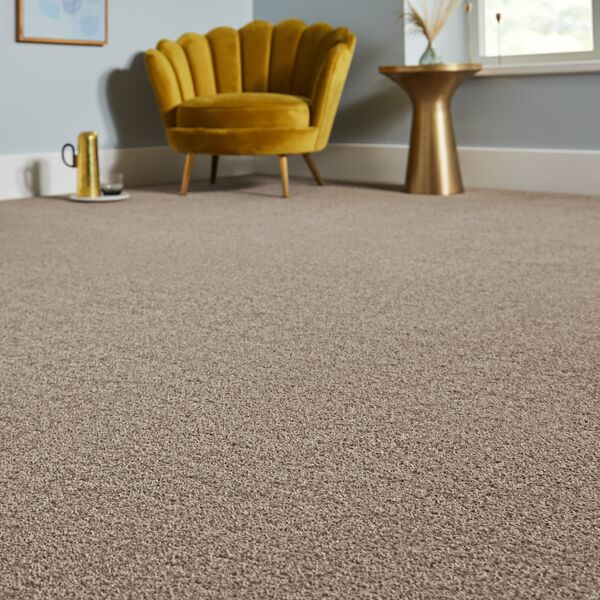
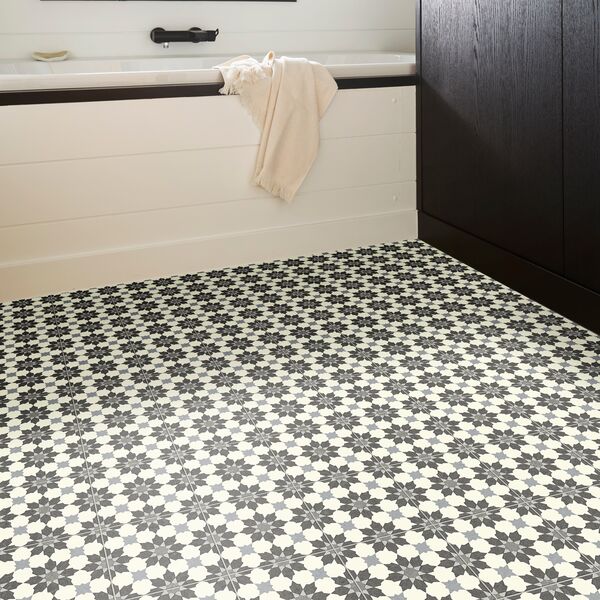
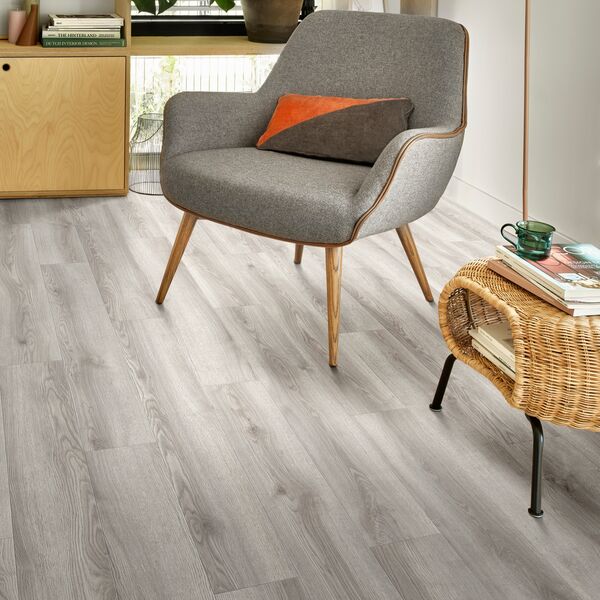

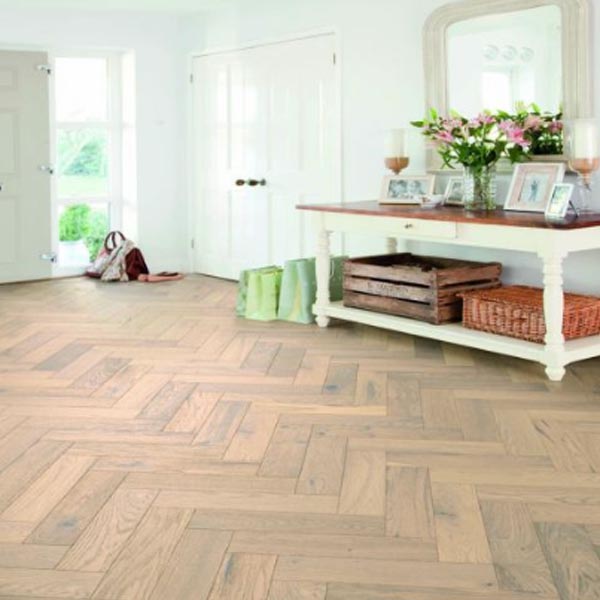


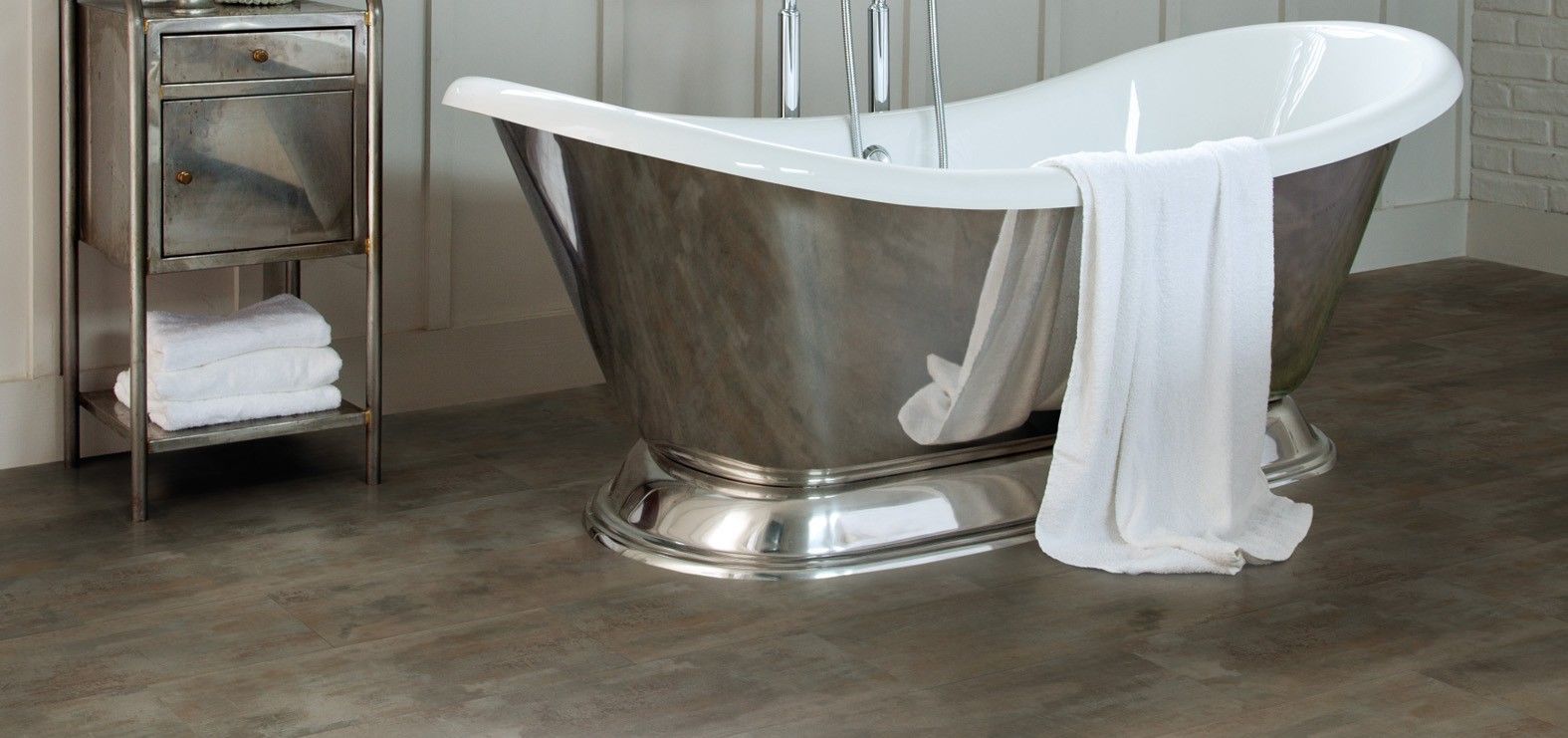


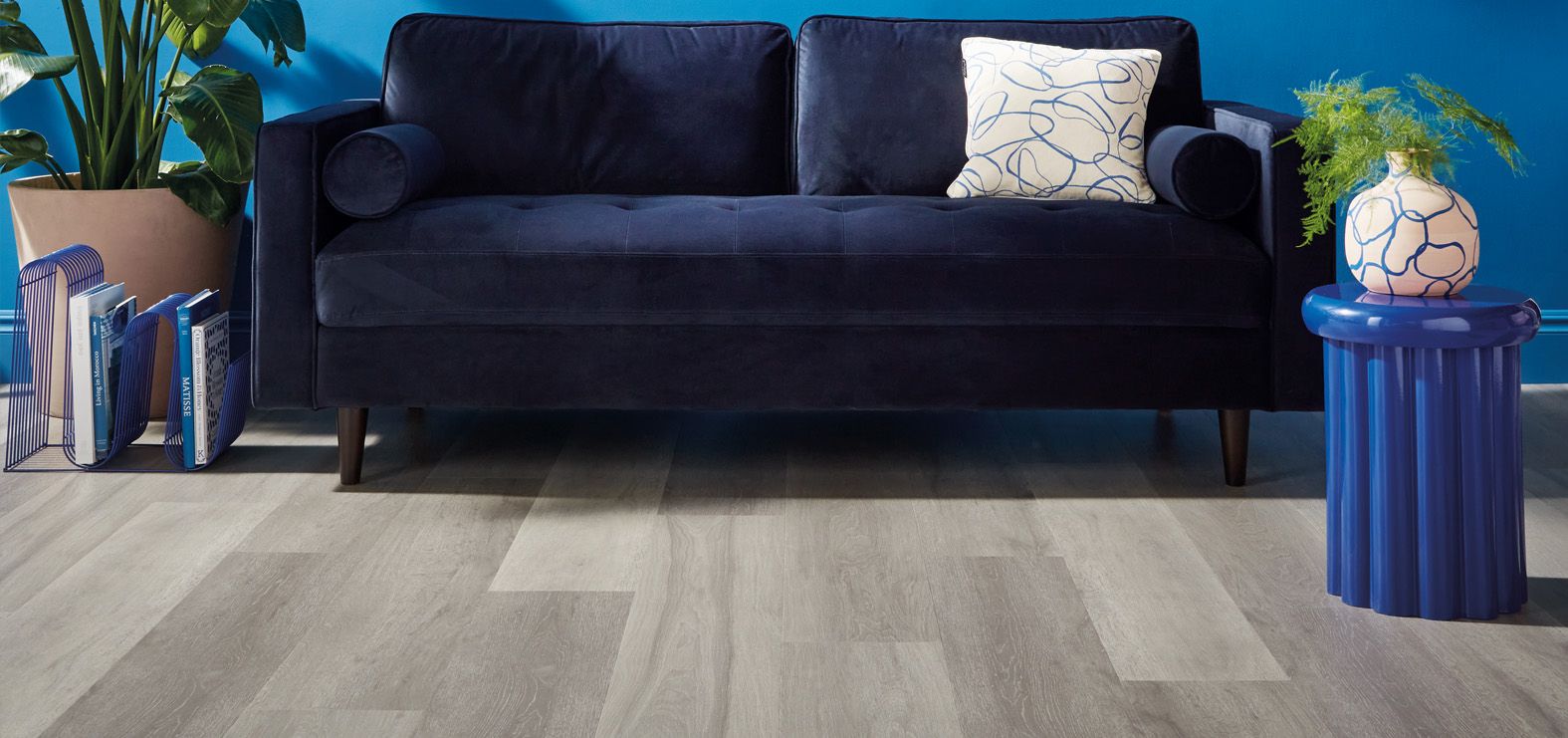

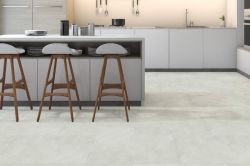

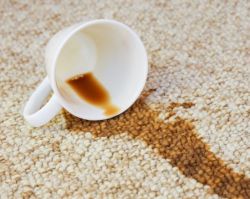





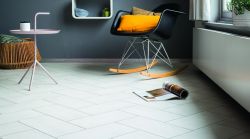

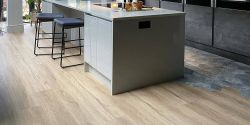

-250.jpg)
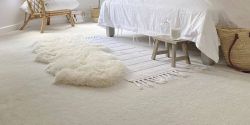

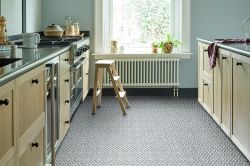
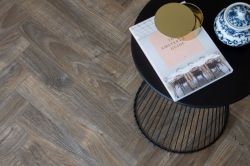

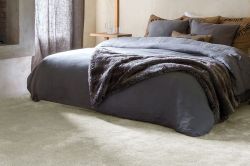

-250.jpg)

-250.jpg)
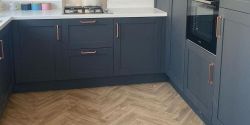
 copy-250.jpg)

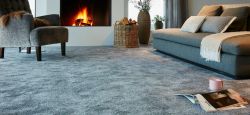






-250.jpg)
 - Article Image (not header)-250.jpg)
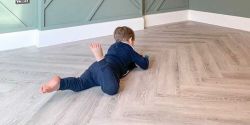
-250.jpg)

-250.jpg)








